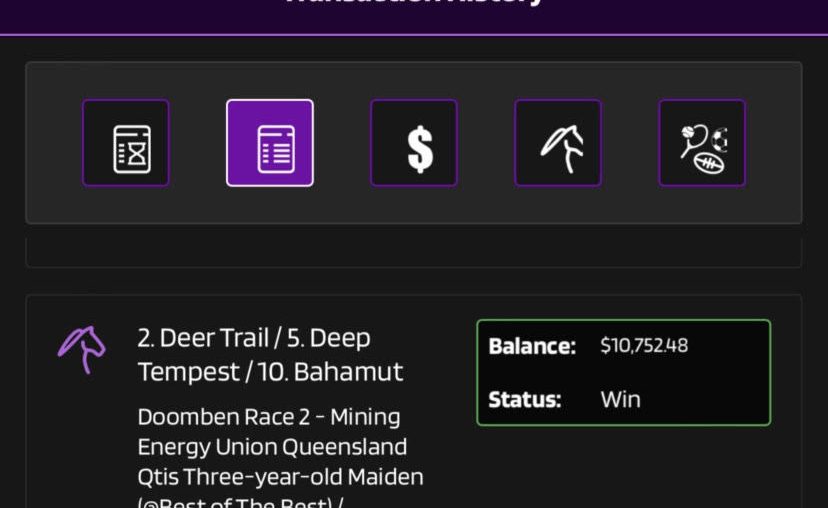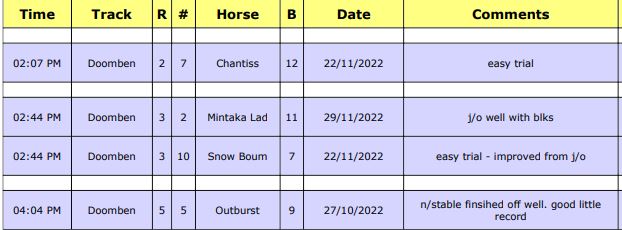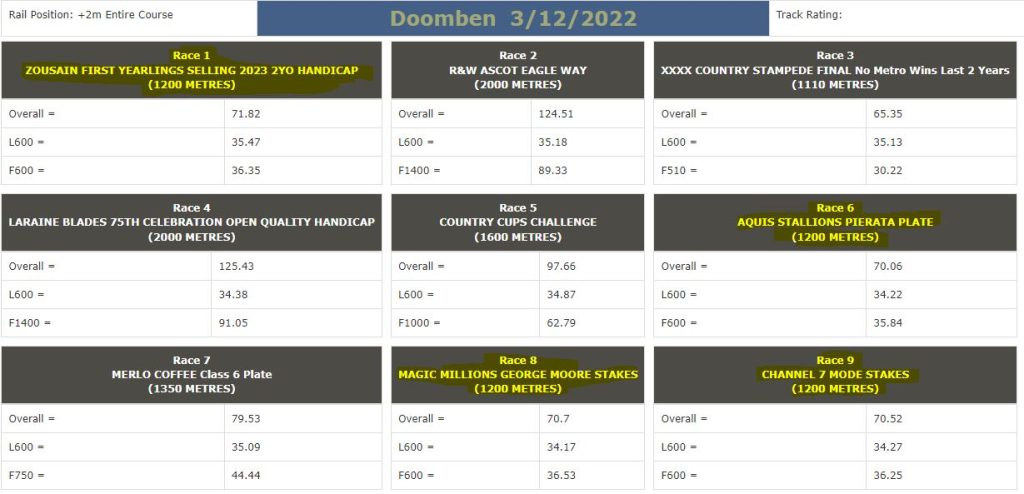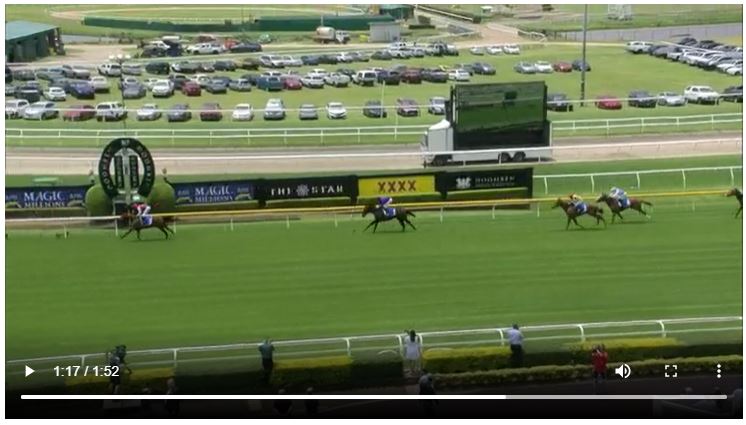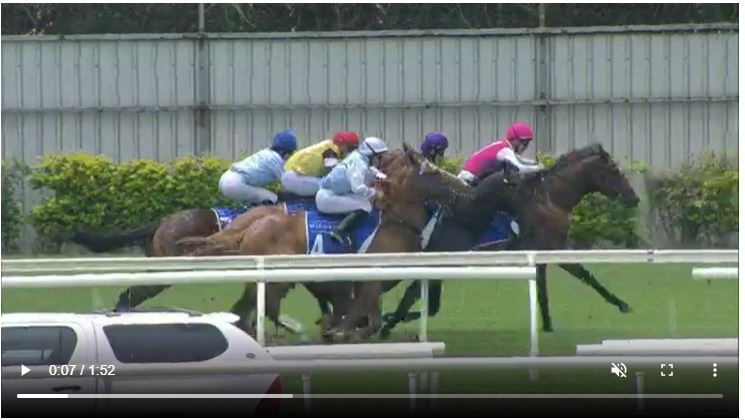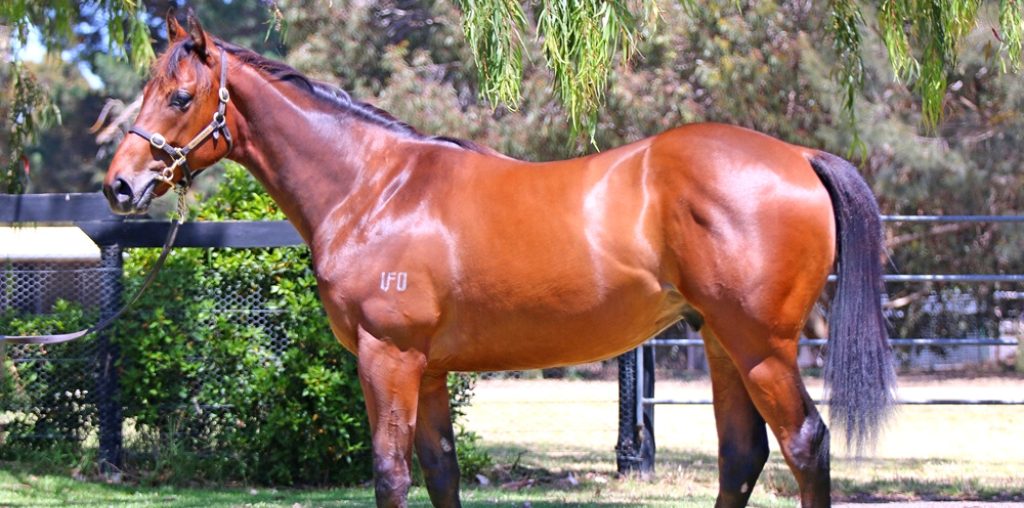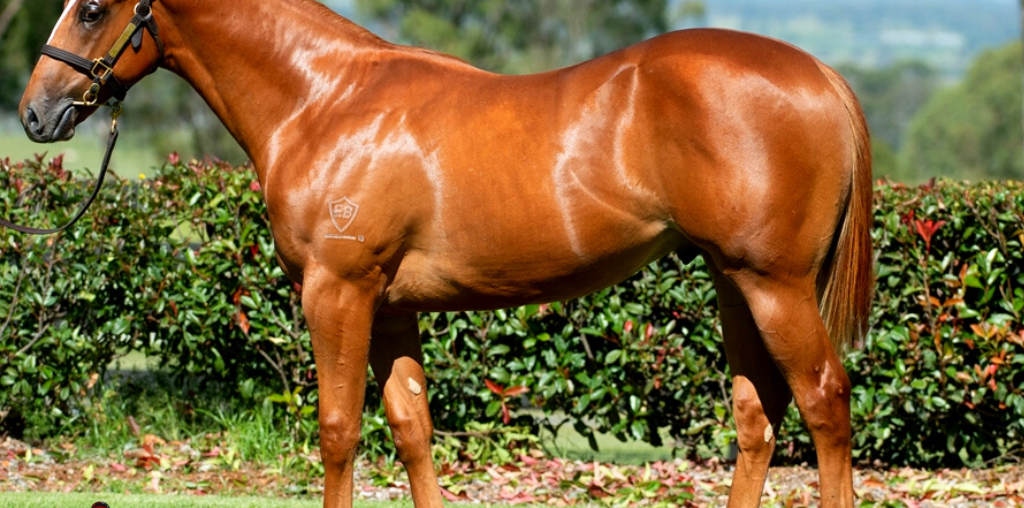What is A Unit In Betting Terms
What is A Unit In Betting Terms
What Does A Unit Mean?
A term that gets frequently used amongst punters and by many horse racing tipping services to help with staking strategies and tracking results is called a “unit.”
Horse racing betting can be a fun and exciting way to test your luck and potentially make some money. However, it’s important to approach betting responsibly and with a strategy in mind. That’s where the concept of “units” comes in.
A unit is simply a standardised amount of money that a punter uses as a reference point for their bets.
It’s important to note that the size of a unit can vary from person to person and is often determined by an individual’s overall bankroll and betting strategy.
For example, someone with a larger bankroll may use a higher unit size than someone with a smaller bankroll.
A quick example here is that if you have a bankroll size of $2,000 you may want to allocate $1 per unit.
So if a service is recommending you have 10 units to win and 10 units to place you are essentially having $10 each way on this selection.
The use of units is particularly helpful when it comes to discussing betting strategies with others, as it allows for a standardised language that avoids explicitly recommending specific financial advice.
Instead of saying “bet $100 on this horse,” a punter might say “I recommend betting 1 unit on this horse,” where their unit size could be $10 or $50 or whatever amount they’ve determined to be appropriate based on their personal betting strategy.
Before you start following along a suggested staking method you want to determine what is the largest staked unit amount ie. when you are most confident on a horse what size unit is that?
Using units also helps punters avoid making impulsive or emotional bets. By setting a predetermined unit size and sticking to it, punters can avoid the temptation to bet too much on a particular race or horse.
Another benefit of using units is that it allows punters to track their betting performance over time. By keeping track of how many units they’ve won or lost, punters can get a better understanding of their overall profitability and adjust their strategies accordingly.
Of course, the use of units doesn’t guarantee success in horse racing betting, as there are always risks involved.
However, by using units as a reference point for bets, punters can approach the activity in a more responsible and strategic manner.
In summary, a unit is simply a standardised amount of money used as a reference point for bets in horse racing betting.
By using units, punters can avoid making impulsive or emotional bets, track their performance over time, and approach betting in a more responsible and strategic manner.
Mr Racing’s Latemail service uses units to provide our members a set guide on a staking approach on a suggested race play. We recommend you gradually increase your unit size ie. $1 to $2 per unit as your bankroll grows.


